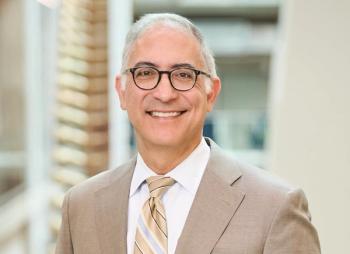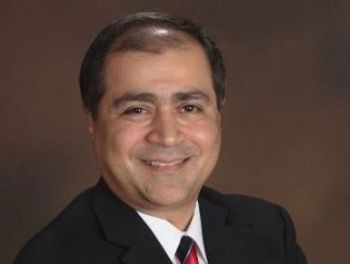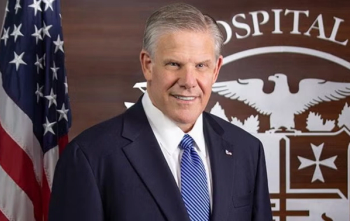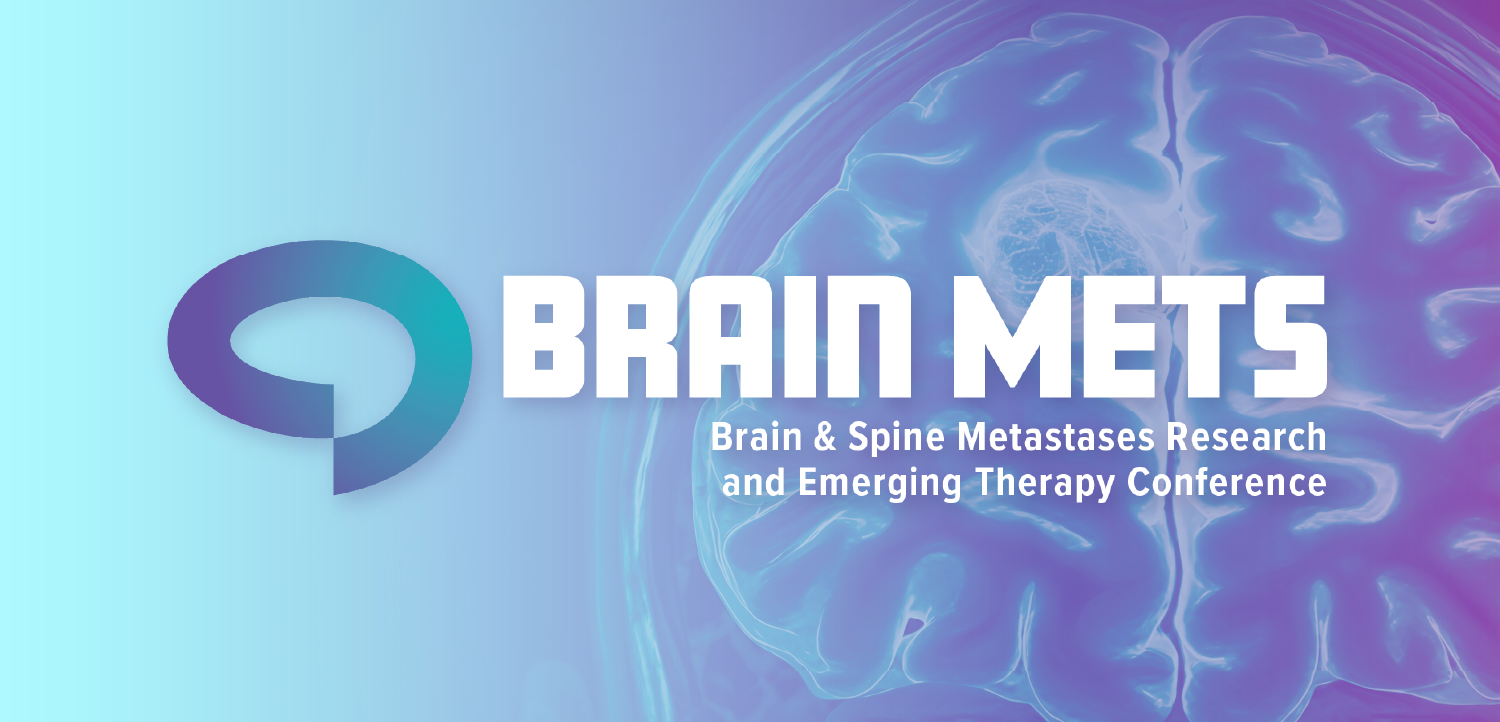
Broken claims process won’t be fixed by AI alone | ViVE 2025

Healthcare leaders talked about the frustration hospitals and doctors are facing when insurers reject claims, the impact on patients, and the need for a better process.
Nashville – Hospitals and physicians have grown increasingly frustrated about insurers denying claims, saying it costs them time and money while hurting patient care.
At the ViVE digital health conference, a panel of healthcare leaders expressed optimism that technology and artificial intelligence can offer some relief, but they also said that the solution won’t be solved simply by technology.
Dr. Soumi Saha, senior vice president of government affairs at Premier, Inc., says AI isn’t a panacea.
“The process itself is broken,” Saha said. “So you can't just simply put tech or AI on top of this broken process and hope that miraculously it solves all the issues that we're facing day on day out.”
“And so you have to go back to step one, in many ways,” she said. “Fix the process first, and then let's think about, as we're fixing that process, what is the role of technology and AI as part of a new process?”
- Read more:
ViVE brings healthcare voices to Nashville
Premier examined claims from 2022 and found that 15% of all claims are initially denied, including some that had pre-approval from insurers. Providers and hospitals are spending $20 billion annually into fighting administrative claims, Saha said. On average, hospitals are spending about $44 per claim to adjudicate back and forth.
Saha said Premier is going to release new data on the costs of denials within the next few weeks, but she did offer a preview of the upcoming findings.
“Here’s the spoiler alert: nothing has changed,” Saha said.
Premier found similar rates of denials of claims. But she said one key change is the rising costs of fighting those claims, which is now almost $10 per claim higher “because of just simply how much labor costs in health care right now.”
Ash Shehata, KPMG’s U.S. sector lead for healthcare, moderated the discussion. "I think the pressure seems to be mounting a little bit on change," Shehata said.
Tensions between hospitals and insurers are growing, said Rick Gundling, senior vice president of healthcare financial practice at the Healthcare Financial Management Association. His group has surveyed insurance executives and hospital leaders about the increased conflict.
“From our standpoint, it's really become much more contentious between the two,” Gundling said.
Both payers and hospital systems have been using more AI tools to automate the process of filing claims, Gundling said. Healthcare leaders have said that using those tools should streamline claims and help ensure that all the requirements are met, thus improving the process and removing friction. But it hasn’t exactly worked out that way.
As more claims are denied, Gundling said, “It’s turned providers, hospitals, into collection agencies.”
Azlan Tariq, chief clinical innovation officer of Medrina, said AI has the potential to streamline the claims process. But he also pointed out that electronic health records were billed as a tool that would reduce headaches on clinicians, and many doctors cite the time they spend on documentation as a leading cause of burnout.
“We're spending more time in front of the computer now and less time in front of the patient,” Tariq said.
Providers and hospitals aren’t the only ones suffering, Gundling added.
“Who falls through the gap? It’s the patient. It’s the consumer,” Gundling said.
Some of the most problematic areas of denials involve providers aiming to move patients into post-acute care, which is a common source of tension between hospitals and payers.
‘It's really challenging, and it's a significant opportunity there to make things faster and better,” Tariq said.
For patients who have encountered denials, especially after an insurer gave pre-approval, the delays can be maddening.
“That is devastating to a patient who thought that they went through the process correctly in order to ensure that their bill was going to be something that they could tackle at the end of the day," Saha said. "So, the patient implications are huge."
"Also, just in general, we know that patients that have to go through this process, many of them abandon care, because they just don't have the time or effort to get on the phone," she added. "They don't understand the process. And so, you see a lot of care not being provided."
If patients are struggling or stressed with denials or delays in treatment, hospitals can pay a price as well, Saha said.
“There is a link between denials and patient satisfaction,” Saha said.
“And when patients consistently say that they're not satisfied with their care because of denials, that then impacts a hospital’s or health system’s grading, which then impacts their ability to borrow capital,” she added. “So there's a lot of financial implications here that occur because of the patient perspective, that it's the provider that is inhibiting their care, not really understanding the why or how.”
Gundling suggests more cooperation from providers and payers could make a difference, such as developing score cards of drugs both can agree on for treatment. He also suggested building certain standards of patient and member satisfaction within contracts between payers and providers.
“I find that payers and providers, they want to work together on the patient’s side,” Gundling said. “I think we just sometimes have to shake ourselves out of it to build trust and to move forward with a better experience.”








































